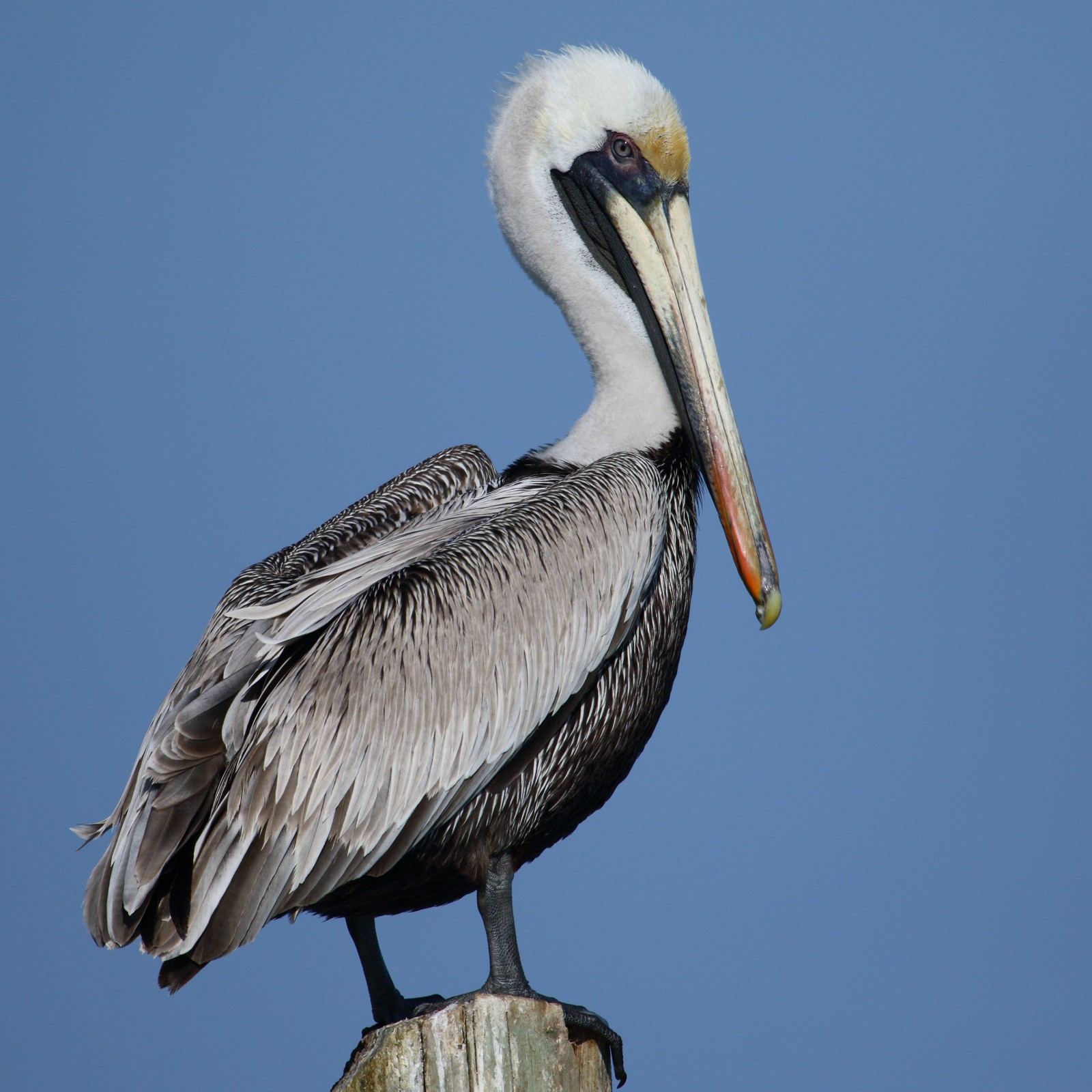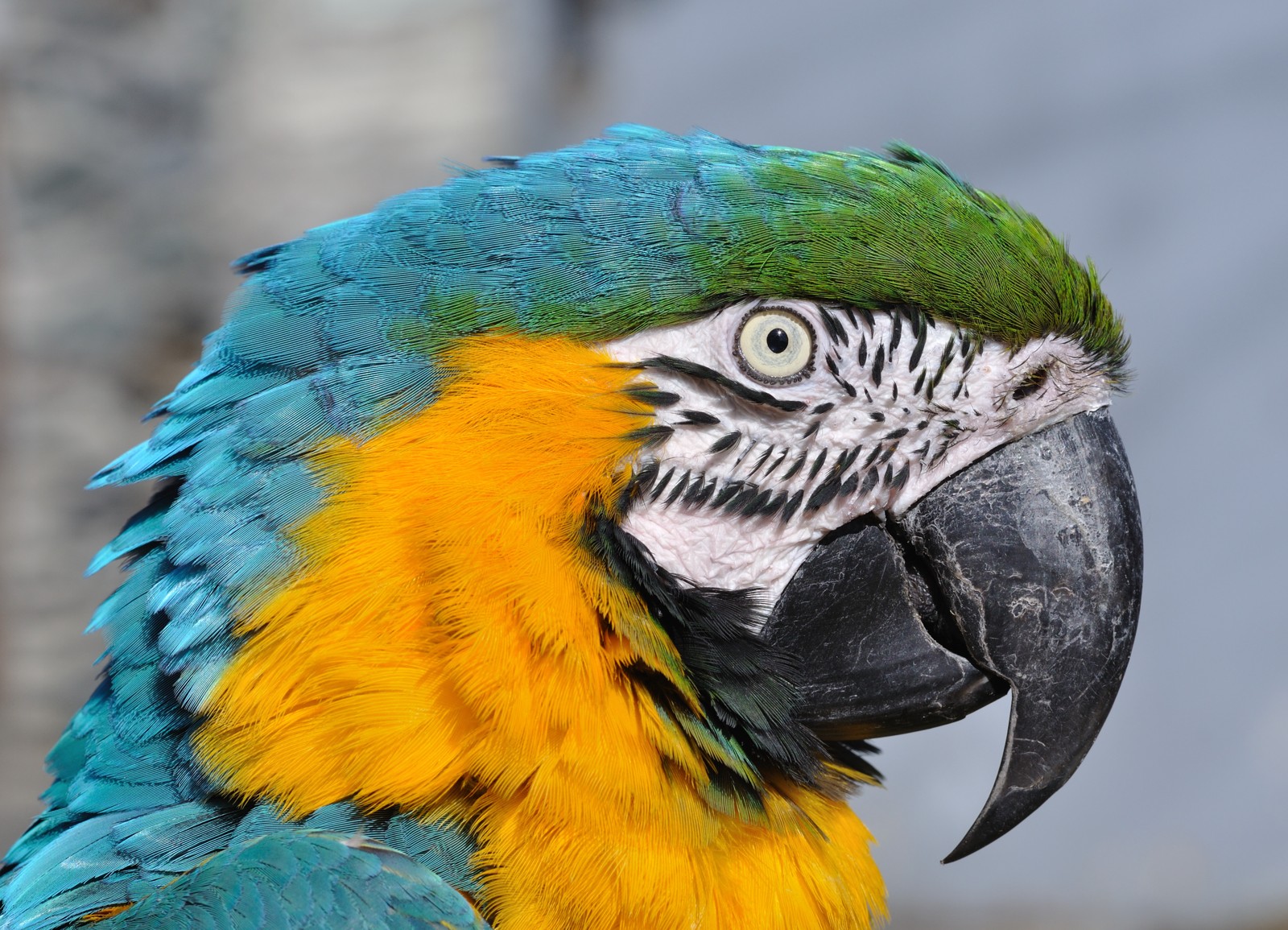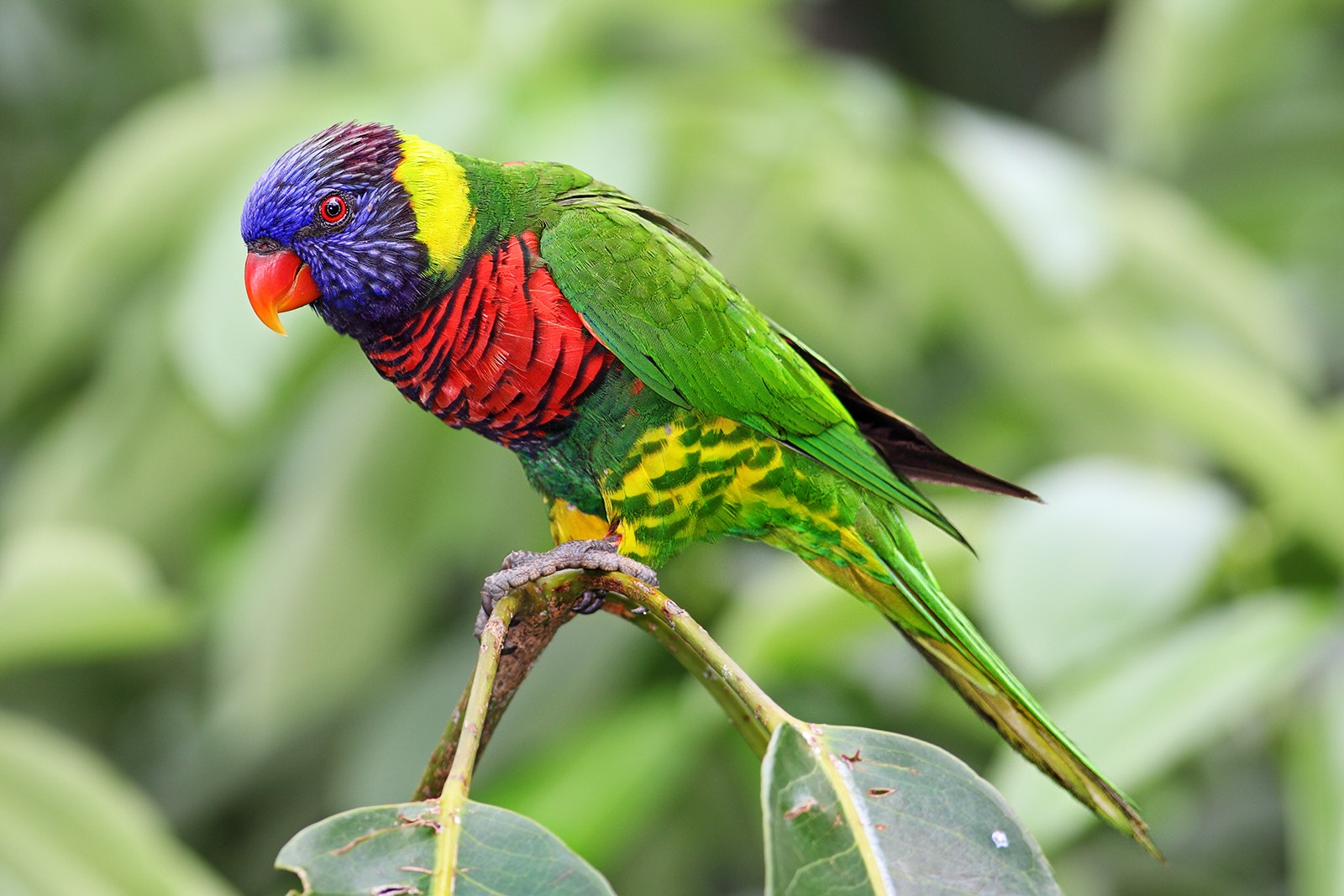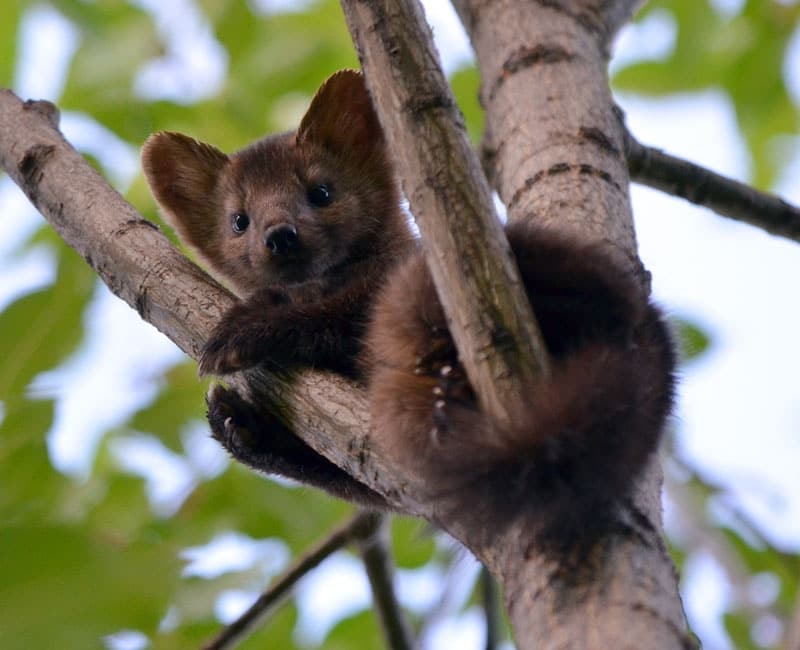Hummingbird vs Sunbird: A Complete Comparison
While hummingbirds and sunbirds may appear similar at first glance, these remarkable nectar-feeding birds represent a fascinating case of convergent evolution. Despite sharing similar feeding habits, hummingbirds and sunbirds evolved independently on different continents, developing distinct characteristics and behaviors. Hummingbirds, found exclusively in the Americas, can hover in place and fly backward, while sunbirds, native to Africa and Asia, must perch to feed.
The most striking difference between hummingbirds and sunbirds lies in their flight capabilities. Hummingbirds can beat their wings up to 80 times per second, enabling their unique hovering ability, while sunbirds display more conventional bird flight patterns and must land to feed. This fundamental distinction shapes many aspects of their behavior and ecology.
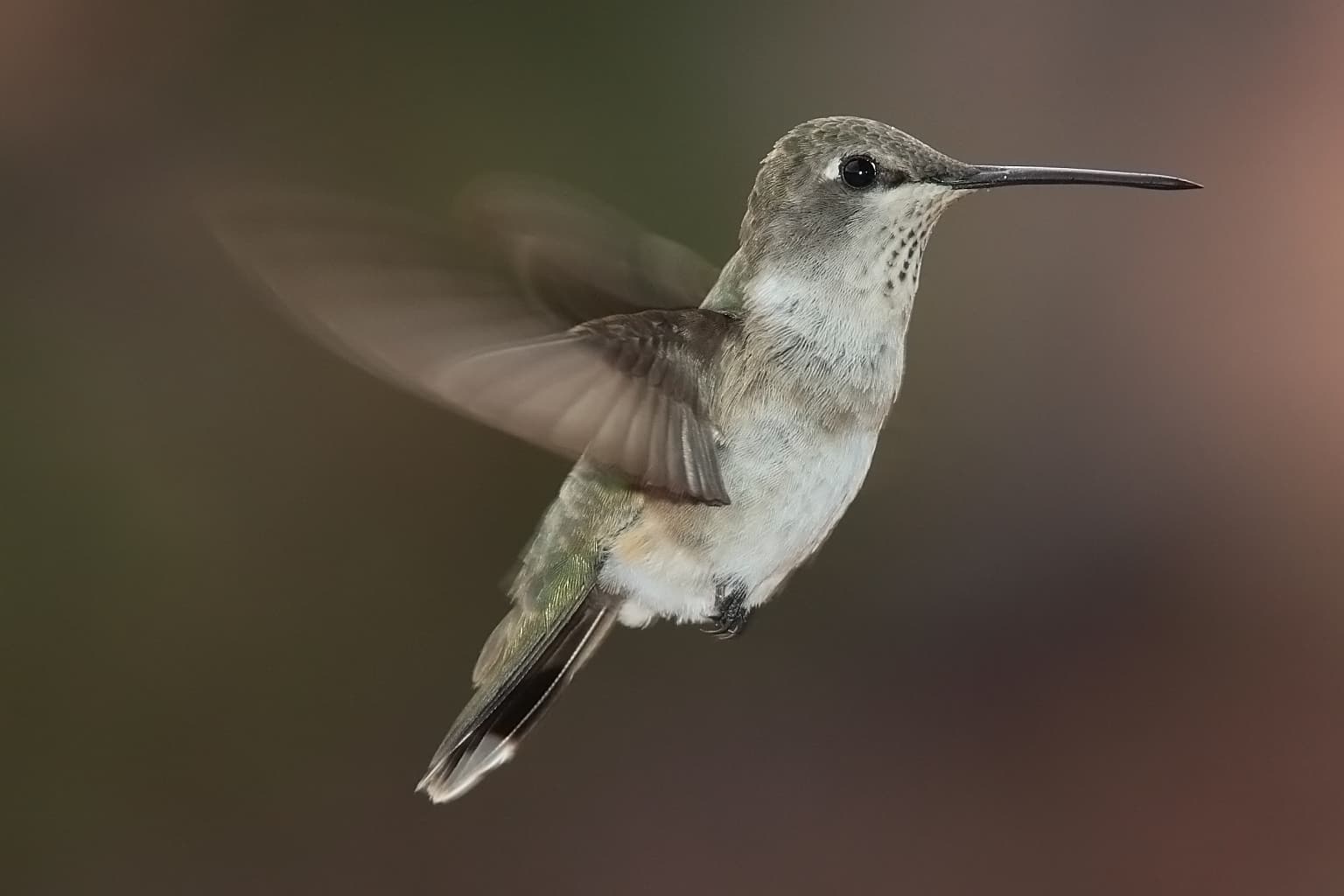
© User:Mdf / CC BY-SA 3.0
The Ruby-throated Hummingbird demonstrates the characteristic hovering ability unique to hummingbirds, showcasing their remarkable flight adaptations that distinguish them from sunbirds.
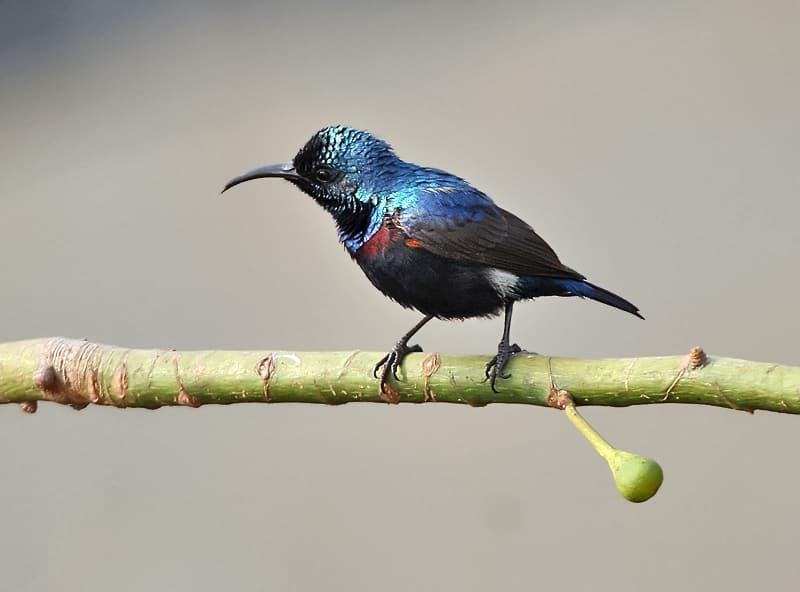
© J.M.Garg / CC BY-SA 3.0
The Purple Sunbird exhibits typical sunbird behavior, perching while feeding, with its curved bill and iridescent plumage characteristic of Old World nectar-feeders.
Key Differences Between Hummingbirds and Sunbirds
| Feature | Hummingbird | Sunbird |
|---|---|---|
| Size | 2.25-8.5 inches (5.7-21.6 cm) | 4-9 inches (10-23 cm) |
| Bill Shape | Straight | Curved downward |
| Flight Ability | Can hover and fly backward | Traditional forward flight only |
| Wing Beat Rate | 50-80 beats per second | 12-15 beats per second |
| Geographic Range | Americas only | Africa, Asia, Australia |
| Feeding Style | Hovering while feeding | Perching while feeding |
Flight Capabilities and Feeding Behavior
The most remarkable distinction in the hummingbird vs sunbird comparison lies in their flight capabilities. Hummingbirds possess unique wing structures that allow them to hover in place, fly backward, and even upside down. Their wings rotate in a figure-eight pattern, enabling these extraordinary maneuvers. Sunbirds, conversely, exhibit conventional bird flight patterns and must perch while feeding on nectar.
Physical Adaptations
While both species feed on nectar, their bill shapes reveal different evolutionary approaches. Hummingbirds typically have straight bills perfectly adapted for probing trumpet-shaped flowers while hovering. Sunbirds possess curved bills, ideal for reaching nectar while perched. These distinctive bill shapes reflect their different feeding strategies and the flowers they’ve co-evolved with.
Habitat and Distribution
Hummingbirds are exclusively found in the Americas, from Alaska to Tierra del Fuego, with the greatest diversity in tropical regions. Sunbirds occupy a completely different range, spanning Africa, Asia, and Australia. This geographic separation has led to distinct evolutionary paths despite similar ecological niches.
Who Would Win in a Confrontation?
While direct competition between these species doesn’t occur naturally due to geographic separation, hummingbirds generally demonstrate more aggressive territorial behavior. Their superior flight capabilities and higher metabolic rates make them more formidable in aerial confrontations. However, sunbirds show greater advantage in perched interactions and can be equally territorial when defending feeding territories.
Conservation Status and Threats
Both hummingbirds and sunbirds face similar conservation challenges, primarily habitat loss and climate change. Their role as pollinators makes them crucial for ecosystem health, and their decline could significantly impact plant diversity in their respective ranges. Many species of both families are considered vulnerable or threatened, particularly those with specialized feeding relationships with specific plant species.
Frequently Asked Questions
Can Hummingbirds and Sunbirds Interbreed?
No, hummingbirds and sunbirds cannot interbreed. Despite their similar feeding habits, they belong to different families and evolved independently. Hummingbirds belong to the family Trochilidae, while sunbirds are members of Nectariniidae.
Which Bird Is Smaller?
Generally, hummingbirds tend to be smaller, with the Bee Hummingbird being the smallest at just 2.25 inches (5.7 cm) in length. The smallest sunbirds are nearly twice this size, typically starting at 4 inches (10 cm) in length.
Do Both Species Migrate?
While some hummingbird species undertake remarkable migrations, covering thousands of miles between North and South America, most sunbirds are relatively sedentary, making only short seasonal movements in response to flowering patterns.
